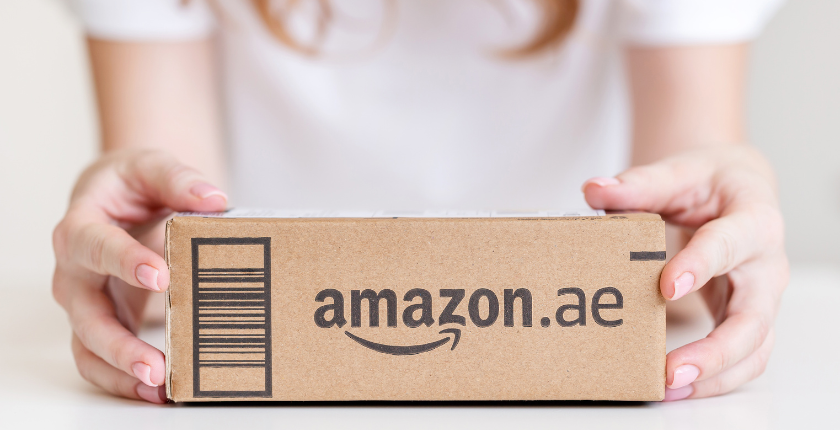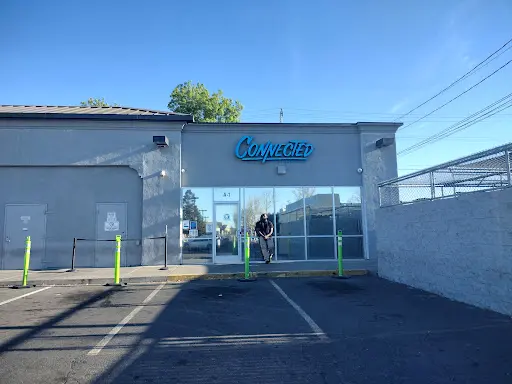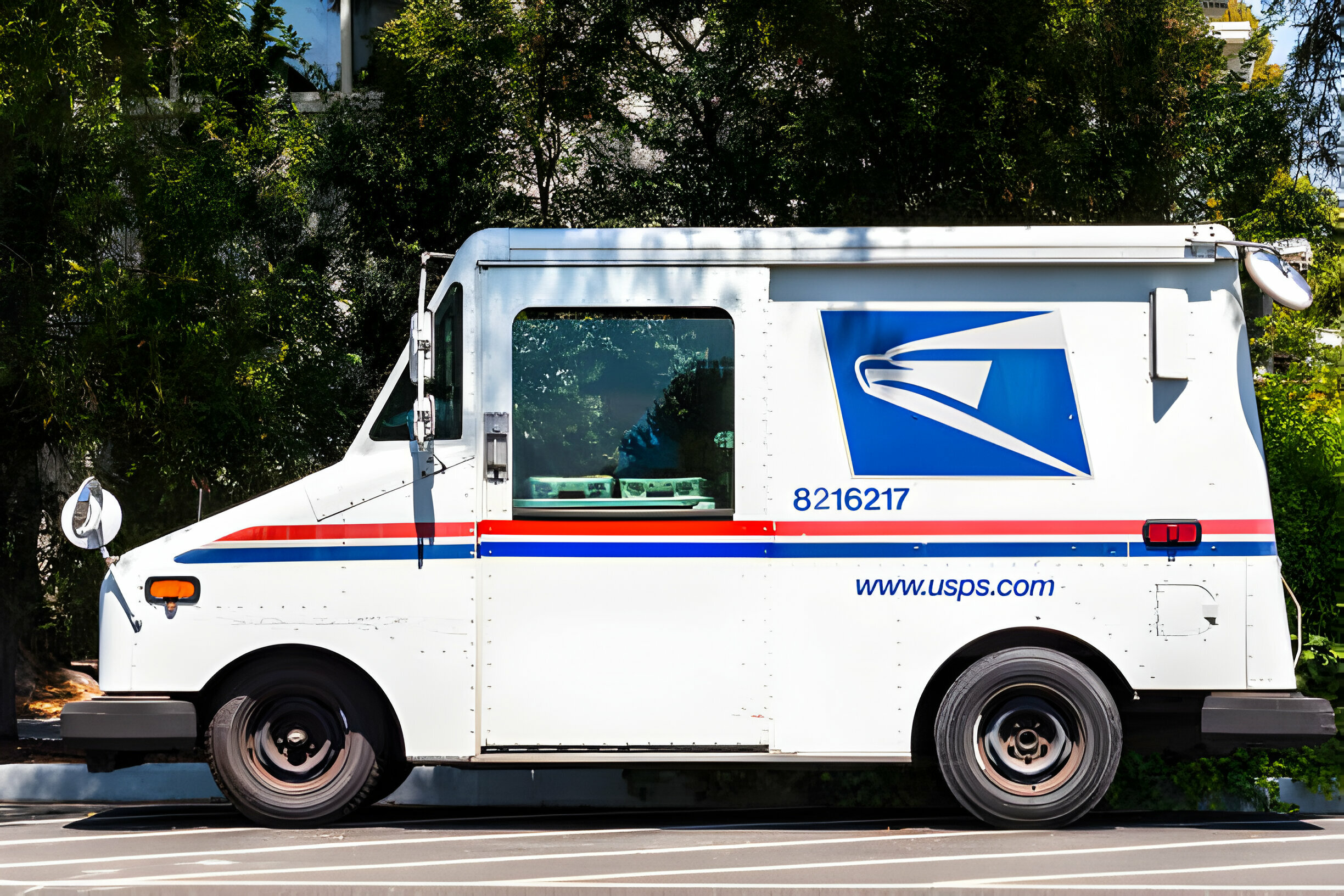Table of Contents
Explore Why is Amazon Shipping So Slow at times. Factors include high order volumes, inventory challenges, third-party sellers, delivery limits, routing inefficiencies, and more.
Amazon is one of the largest online retailers in the world, offering fast and convenient delivery of millions of products. However, even with Amazon’s massive infrastructure, some shoppers occasionally experience slower-than-expected shipping times. Several factors can contribute to delays in Amazon orders.
High Order Volumes
As Amazon’s customer base continues to grow, the number of orders flooding their fulfillment centers reaches incredible heights – especially during peak seasons like Prime Day and the winter holidays. Their systems may struggle to keep up with demand, slowing down processing and delivery across the board. Amazon does ramp up staffing and logistics capacity for busy periods, but extreme order volumes can still overwhelm their network.
Inventory Mismanagement
With countless products available, keeping the right inventory in the right fulfillment centers is a complex balancing act for Amazon. If an item you ordered is out of stock at the warehouse nearest to you, it could take extra time to replenish and ship from another location. Amazon’s algorithms aim to predict demand and distribute inventory accordingly, but forecasts aren’t perfect.
Read Also: fintechzoom crypto
Third-Party Sellers
When ordering from a third-party seller rather than directly from Amazon, shipping times are subject to that retailer’s inventory and fulfillment operations, not Amazon’s. There can be lag time as the seller packages and sends the order to Amazon for delivery. Policies and responsiveness vary between these independent retailers, making delivery less consistent.

Delivery Capacity Limits
Amazon partners with many carriers like USPS, UPS, and FedEx to handle fulfillment, and relies on their networks being able to keep up. During normal circumstances, the infrastructure exists to enable quick 1-2 day Prime shipping on most items. But when multiple carriers face bottlenecks due to weather, holidays, or other disruptions, Amazon has limited ability to pick up the slack completely on their own.
Routing Inefficiencies
Once an order ships, the route it takes to your door isn’t always a direct A-to-B line. If you live far from the nearest warehouse or in a remote area, your package has to zig-zag across transportation hubs before final delivery. With millions of parcels in motion, Amazon’s algorithms can make imperfect routing decisions that add days to arrive. There’s an art and science to optimizing delivery paths at this scale.

Prioritizing Speed Over Precision
Amazon emphasizes speedy shipping, but the tradeoff can be less precision in their handling and logistics processes, leading to errors that delay orders. Warehouse workers are pressured to fulfill and pack orders rapidly, which can result in inventory mix-ups, incorrectly sealed boxes, and mislabeled shipments. Aiming for quantity can sacrifice quality.
Weather Disruptions
Inclement weather like snow, hail, hurricanes, or flooding can temporarily halt delivery operations across entire regions, taking Amazon’s distribution network offline. Even a single storm can snarl up trucking routes and grounded planes for days, making it impossible to maintain typical shipping speeds. Amazon works urgently to resume service after disruptions, but nature can seriously impede on-time delivery.
Technical Glitches
Amazon’s shipping systems are highly automated and complex, relying on intricately coordinated computer networks to process millions of orders smoothly. However, critical backend technological infrastructure has been known to malfunction occasionally, leading to widespread slowdowns and delays. A single system failure can ripple across their whole fulfillment apparatus. Rare but impactful technical issues can rapidly accumulate backlogs.
Stealth Launches
When Amazon rolls out big technical upgrades or introduces major new products and services, they prefer launching quietly to minimize risk. This means key infrastructure and logistics components powering delivery may still be in the beta stage, working through issues out of public sight during a soft launch. Customers can experience transitional growing pains as Amazon’s systems scale up. A subtle ramp-up can create temporary fulfillment hiccups.
Prioritizing Cost Efficiency
To sustain affordable pricing across their platforms, Amazon aggressively optimizes supply chain infrastructure and operations for cost efficiency. However, this can mean cutting back on excess delivery capacity and redundancies that could absorb spikes in volume. The drive toward efficiency and lean operations improves baseline shipping times but also makes the logistics network more vulnerable to overload when demand surges.
Addressing Customer Service Issues
Despite best efforts, every large company ships orders incorrectly or makes delivery mistakes occasionally. When this happens, Amazon dedicates tremendous resources to setting things right for the customer as quickly as possible. Resolving those customer service cases, however, can divert bandwidth away from newer orders, slowing down processing elsewhere. Helping affected shoppers overrides posting fast shipping times.
The scale and complexity of Amazon’s global retail business creates inevitable shipping challenges, although they continue pushing speed and convenience forward. During most circumstances, Prime members experience impressively fast deliveries. But when internal bottlenecks or external forces arise, Amazon’s flawless record can falter.
By understanding the various factors that can impede rapid fulfillment, customers can set appropriate expectations around order arrival. Anticipating and preparing for potential delays enables shoppers to avoid frustration and enjoy the perks of Amazon’s massive selection, competitive prices, and overall outstanding service.
Final Words – Why is Amazon Shipping So Slow
Amazon’s massive scale leads to complexity that can slow deliveries during high volumes, inventory issues, technical problems, external factors, and other bottlenecks. While Amazon works continuously to expand capacity and speed up fulfillment, some delays remain inevitable. Understanding the key reasons behind slower shipping empowers customers to set realistic expectations or optimize orders for faster arrival. For most Prime items under normal circumstances, Amazon maintains impressively fast shipping times. But when problems arise, being aware of the factors behind “Why is Amazon Shipping So Slow” can help consumers stay informed and proactive.
People Usually Ask
Why is my Amazon shipping taking so long?
High order volumes, inventory issues, delivery capacity limits, and technical problems can slow Amazon shipping. Weather, third-party sellers, routing inefficiencies, and cost-cutting may also extend delivery times.
How can I make my Amazon ship faster?
Choose items shipped and sold by Amazon with Prime delivery, avoid peak seasons, select faster shipping options, group orders together, and check availability at local Amazon warehouses to expedite fulfillment.
How long does Amazon take to ship on average?
For Prime members, Amazon delivers within 1-2 days on average. Non-Prime orders ship within 3-5 days typically. Shipping times can vary based on item, stock, and location.
Does Amazon compensate for late delivery?
If Amazon misses guaranteed delivery dates, you can contact customer service and likely receive a free one-month Prime extension, account credit, or replacement item shipping refund. Compensation depends on circumstances.



